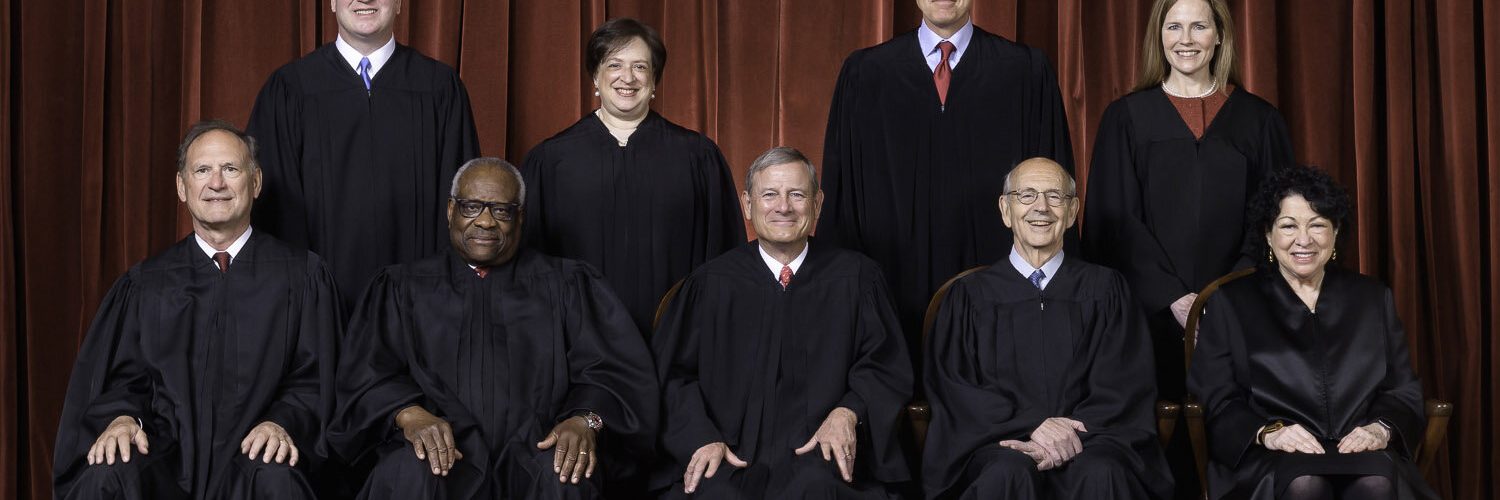The U.S. Supreme Court’s agreement to review Mississippi’s strict abortion law means that the public argument on this unending dispute will be the most intense in many years — with a ruling due right in the midst of the 2022 election campaign.
Despite the Court’s increased conservative majority, there’s no certainty it will clamp new restrictions on abortion. Yet it’s also possible that the Court might overthrow its own 1973 Roe v. Wade decision, which legalized most abortions nationwide in 1973.
If so, the impact will be momentous but not quite as apocalyptic as “pro-choice” advocates suggest. Abortion would remain widely available because decision-making would simply be returned to democratically elected state legislatures and many would maintain liberal policies. Charities might aid women in the “pro-life” states needing travel for out-of-state abortions.

For those covering the religion beat, the coming year is a major defining moment as America’s variegated denominations state what they now believe about the morality of abortion and why.
After the Roe ruling, the 1976 conventions of the two major political parties began setting opposite stances. The Democrats’ platform acknowledged that many Americans had “religious and ethical” concerns but opposed a Constitutional amendment to bar abortions. Similarly, the Republicans’ platform stated that some in the party favored the Supreme Court’s edict, but advocated such an amendment “to restore protection of the right to life for unborn children.”
Religion writers well know how that basic split hardened and reshaped religious voters’ political alignments. There’s been less attention to the way the advent of open abortion turned around the Social Gospel thinking of Protestant liberals.
Just after the 1976 conventions, Congress strongly approved the “Hyde Amendment” to restrict federal funding for abortions (a policy supported by Joseph Biden till June, 2019). A federal court challenge was filed immediately, and won backing from “mainline” Protestants led by the United Methodist Church’s Women’s Division alongside the UMC Board of Church and Society, Christian Church (Disciples of Christ), Church of the Brethren, United Presbyterian Church, and a major United Church of Christ agency.
This emerging “pro-choice” alliance also included the synagogue unions of Conservative and Reform Judaism, the Unitarian Universalist and Humanist associations, and Ethical Culture. The group filed a federal court brief prepared by Leo Pfeffer (1910-1993), the American Jewish Congress legal strategist renowned for championing strict separation of church and state.
This religious brief contended that the Hyde Amendment violated the Constitution because government cannot “impose upon all the theology of one or more sects.” The Hyde ban “prefers those religions that forbid abortion over those which do not.” Because the ban’s purpose “is religious rather than secular” its effect “is to advance religions which forbid abortions and to inhibit religions which do not.” Under the Constitution, then, Congress wrongly took sides in this religious dispute.
Specifically, the brief said Hyde gave “governmental effect to the dogma and doctrine of the Roman Catholic Church,” the largest body opposed to abortion, although it also cited the belief of the Lutheran Church–Missouri Synod and Orthodox Judaism. Soon afterward, Moral Majority was founded and gave new visibility to the growing pro-life conviction among evangelical and fundamentalist Protestants. In 1980, the Supreme Court rejected the religious liberals’ argument and upheld the Hyde Amendment in its Harris v. McRae ruling.
Up to that point, religious liberals had long been known for urging government to apply their moral beliefs, most recently on policies about civil rights and the Vietnam War. But after Roe, they felt it should be illegal for government to heed religious activists and legislate tenets that have a basis in religious beliefs. Do these church and synagogue organizations still hold that separationist view?
Journalistic study of official “mainline” Protestant pronouncements to date will show more hedging on abortion than some might suppose. The problem is that the “woman and her doctor” approach runs into a Christian and Jewish heritage that insists judging the worth of a human embryo or fetus is an unavoidable part of the moral equation. Then, as with public opinion polls, there are complex variations in belief depending on the stage of pregnancy and the reasons abortion is desired.
The media will and should press American religious bodies to restate what they believe, and pay close attention as they file “friend of the court” briefs in this case, known as Dobbs v. Jackson Women’s Health Organization (docket #19-1392).
[Disclosure: The Religion Guy was the co-author of “Aborting America,” the 1979 autobiography of Bernard Nathanson, M.D., who led the nation’s largest abortion clinic but then developed moral qualms about the practice.]
FIRST IMAGE: From the U.S. Supreme Court homepage.










